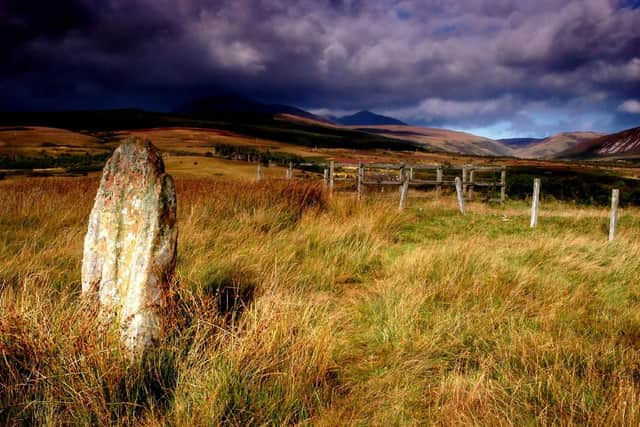Let's hear it for the archaeologists digging deep into our back story - Alison Campsie
Excavation season got well underway this year after Covid-19 stopped trenches being dug and more fine detail of our people and places emerging.
On Orkney – like manna to the world’s archaeologists – the massive Ness of Brodgar excavations opened up again this summer on this formidable Neolithic site, which would have served as a vast temple-like complex and may have attracted visitors from all over what is now Britain and Ireland around 5,000 years ago.
Advertisement
Hide AdAdvertisement
Hide AdRecent finds here have included the fingerprints of two potters embedded in a clay vessel, a very human story found among the 88,000 pottery sherds retrieved from the six-acre site.


Most recent fingerprint analysis has found the pot was worked on by two adolescent boys, which straight away starts to sketch a picture of daily life at this enigmatic site.
If those interested need any gauge of interest in the Ness of Brodgar, up to 400 people a day visited the site a DAY for a glimpse of the archaeologists at work.
Over on Arran, archaeologists have been looking for the site of a possible cursus monument, a place of ritual and procession during the early Neolithic.
People are thought to have come from all over the island to build this site, that probably stretched almost one kilometre long. Some of the earliest cursus monuments were made of wood and set on fire as the gathering peaked. What a sight that must have been.
The possible site was discovered by a LIDAR scan of the island, which uses laser measurements to build up an impression of the subject. The most modern imaging techniques are revealing previously unknown details of the deep past.
Archaeological research and vision is thriving in Scotland and is helping to develop the ever evolving understand of our country’s past.
The work of archaeologists also underpins many of the heritage attractions which continue to draw huge numbers of tourists to Scotland.
Advertisement
Hide AdAdvertisement
Hide AdWe should all support them as they continue to dig deep into our back story. We all benefit when that back story is enriched.
A message from the Editor:Thank you for reading this article. We're more reliant on your support than ever as the shift in consumer habits brought about by Coronavirus impacts our advertisers.
If you haven't already, please consider supporting our trusted, fact-checked journalism by taking out a digital subscription.
Comments
Want to join the conversation? Please or to comment on this article.
